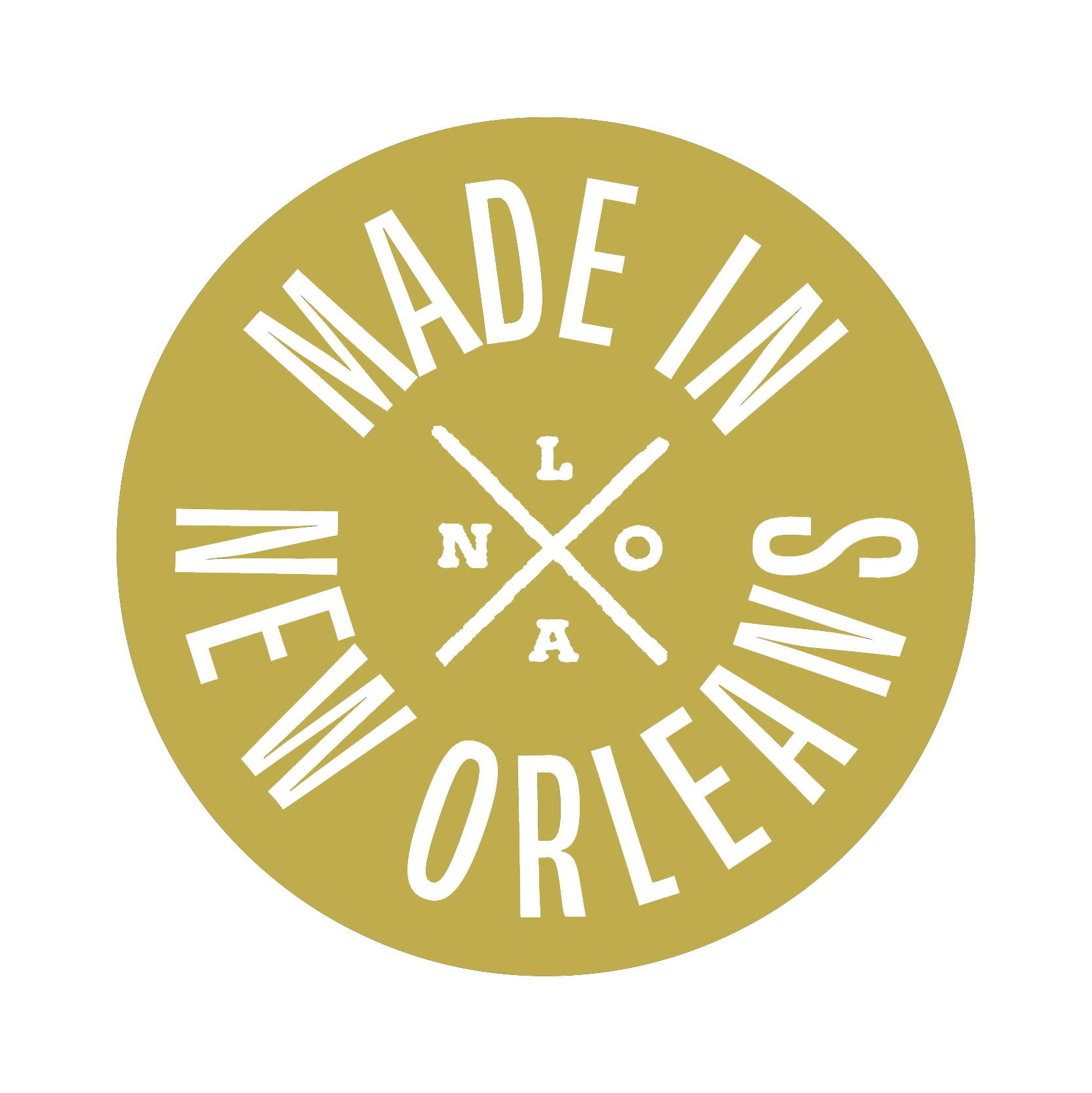Neighborhood Overview
The City Park neighborhood, taking its name from New Orleans' magnificent 1,300-acre urban park at its center, represents a distinctive blend of institutional presence and residential community. Bounded approximately by Bayou St. John, Orleans Avenue, I-610, and Harrison Avenue, this area encompasses both the expansive park itself—with its oak alleys, museums, sports facilities, and botanical garden—and the residential communities that have developed around its edges. Unlike most New Orleans neighborhoods, City Park's identity is defined as much by its major institutions as by its residential character, creating unique dynamics between the park as a citywide resource and the neighborhood as a place to live. This unusual relationship shapes both challenges and opportunities as the area navigates changing environmental conditions, institutional expansion, and questions about access and benefit.
Quick Facts
- Population: Approximately 3,800 residents in surrounding residential areas (steadily increasing since Katrina)
- Demographics: Increasingly diverse, with significant demographic shifts in recent years (approximately 65% white, 25% African American, 10% other groups)
- Housing: Mix of historic homes from various eras, mid-century residences, and newer construction
- Historic Significance: Home to New Orleans' largest public park (established 1854), the New Orleans Museum of Art (founded 1911), numerous historic structures including the Casino Building and Peristyle, site of the 1884 World's Industrial and Cotton Centennial Exposition, and location of significant WPA projects during the Great Depression
Free Spaces
The Singing Oak & Big Lake
Across from the New Orleans Museum of Art (1 Collins Diboll Cir.)
One of City Park’s most magical spots — a massive live oak hung with wind chimes that resonate in deep harmony. It overlooks Big Lake, where you can stroll along the walking path, spot ducks and swans, and enjoy skyline views — all free.
Couturie Forest & Laborde Mountain
1009 Harrison Ave., New Orleans, LA 70124
A 60-acre natural forest and wildlife refuge inside the park. Walking trails wind through cypress trees and lagoons to the highest point in New Orleans — the 27-foot “Laborde Mountain.” A peaceful escape just minutes from downtown.
Langles Bridge & Bayou Metairie Lagoon
Near City Park Ave. entrance, behind the Peristyle
This historic footbridge offers one of the park’s most picturesque views — cypress knees rising from the lagoon, moss-draped oaks, and water birds everywhere. A favorite spot for photographers and couples since the 1920s.
Enrique Alférez Sculpture Garden (Exterior Grounds & Peristyle Area)
Within Besthoff Sculpture Garden, 1 Collins Diboll Cir.
While the Besthoff Sculpture Garden is free daily, the surrounding grounds near the Peristyle and Alférez-designed bridges feature stunning Art Deco sculpture, fountains, and architectural details open to all.
Grow Dat Youth Farm & Meadow Trail
150 Zachary Taylor Dr., New Orleans, LA 70124
Located on the park’s south edge, this urban farm offers public access to its meadow trails and seasonal gardens. It’s a working educational farm where you can walk the fields, enjoy the wildflower meadow, and learn about sustainable agriculture.






Leave a comment
All comments are moderated before being published.
This site is protected by hCaptcha and the hCaptcha Privacy Policy and Terms of Service apply.